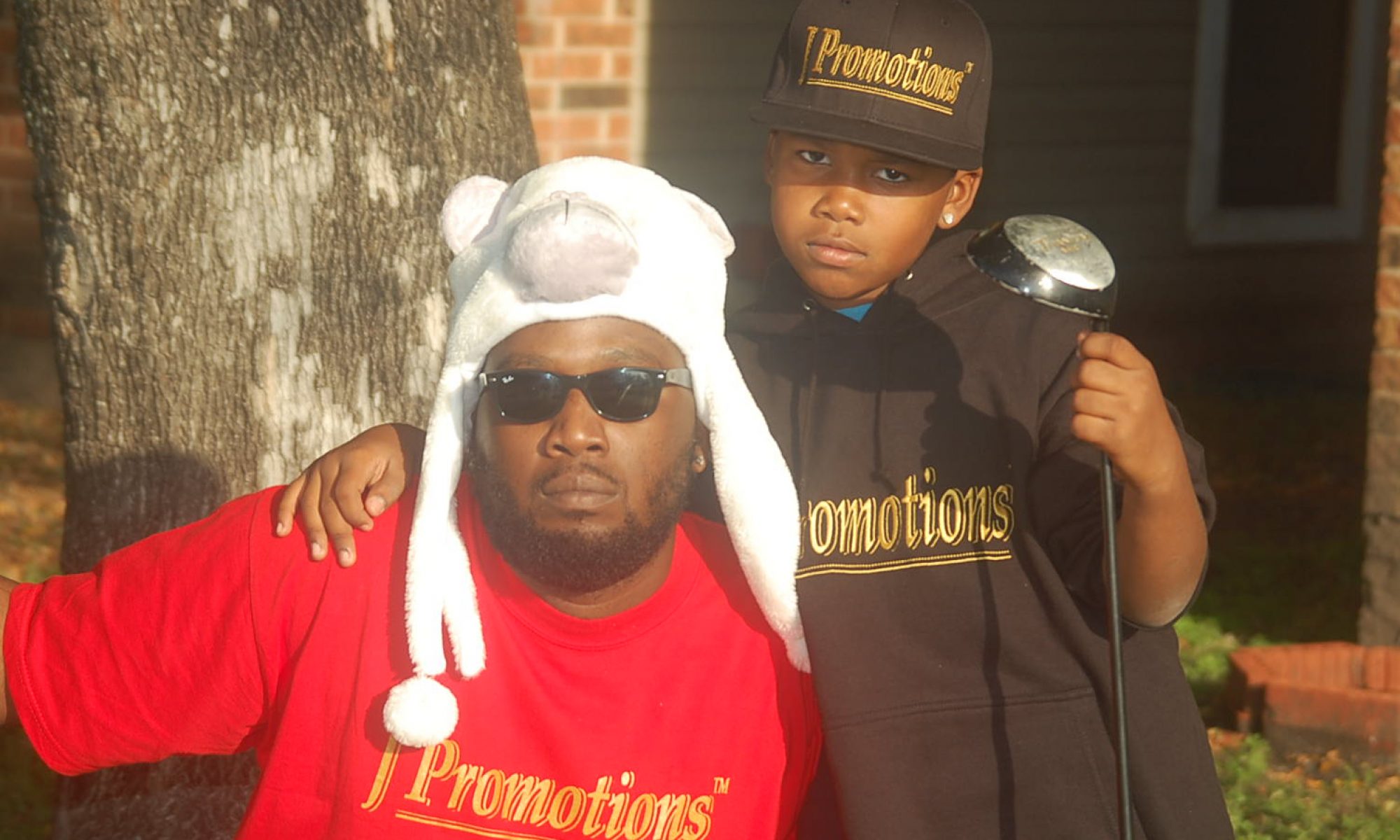The recent dust-up over President Trump’s sudden interest in historically black colleges and universities (HBCUs) and Education Secretary DeVos’ fake history of the origin of these national treasures brought to mind an uninformed remark by a white South Carolina state elected official several years ago. That official stated that those of us who attended an HBCU were not qualified for admission anywhere else. Such comments might be comical were they uttered by uninformed or misinformed private citizens, but they are downright dangerous when they are the mindset of elected and appointed public officials.
South Carolina State College ― now University (SCSU) ― was established in 1896, and its law school operated from 1947 until 1966, solely to keep historically white Clemson University and the University of South Carolina all white, irrespective of the intellect of Harvey Gantt and Henri Monteith, and the intellect and military service of John Wrighten and Matthew Perry.
There are over 100 HBCUs in the country. They were established by white and black religious leaders out of frustration with the actions and inactions of mostly southern states and the federal government’s attempt to maintain rigid segregation and a modified form of apartheid. South Carolina refused to provide my dad and many others public schooling beyond the seventh grade. Many of them continued to educate themselves, later passed college entrance exams and matriculated at various HBCUs, their only choice. But they were not allowed to graduate, or even enter their senior year, because – thanks to the state – high school diplomas were required. My family and I were present when Morris College rectified this situation for my dad, awarding him his degree in 2003, 25 years after his death.
It was not that long ago when South Carolina elected to pay the out-of-state tuition for black students who wanted to pursue a course of study offered at the state’s historically white institutions but not at SCSU. But that was then; so what is now?
I don’t know that I am sufficiently equipped to discuss other states. But despite findings by the federal government, a 24-year old lawsuit, and a recent State Supreme Court decision, South Carolina continues to under-fund its elementary and secondary schools as well as SCSU, its only state-supported HBCU. By the way, North Carolina has five state-supported HBCUs, Georgia has three, and West Virginia, about 60 percent the size of South Carolina, has two.
I have always maintained that one will never be any more or any less than that which his or her experiences allow them to be. And the earliest experiences our children have, outside of the home, are in their schools and communities. If the toilets in their schools do not work and the roofs leak, not much learning is going to take place in the labs or classrooms. If their water is not safe to drink, their roads barely passable, and there are little if any broadband connections in their homes, positive early childhood development is rarely going to take place.
These factors offer unique challenges for HBCUs. One of my friends, a highly successful retired cardiologist, recently said to me, “When I arrived at NC A&T from that little rural South Carolina high school, I had to take remedial everything.”
HBCUs do much more than offer post-secondary studies: they counsel, remediate, and nurture. Most HBCU administrators, staffs, and professors see a bit of themselves in these young, neglected, inquiring minds, and the vast majority of them view it as part of their calling to rescue them and help them develop into solid citizens and pursue productive careers.
— This feed and its contents are the property of The Huffington Post, and use is subject to our terms. It may be used for personal consumption, but may not be distributed on a website.
Source: HuffPost Black Voices
